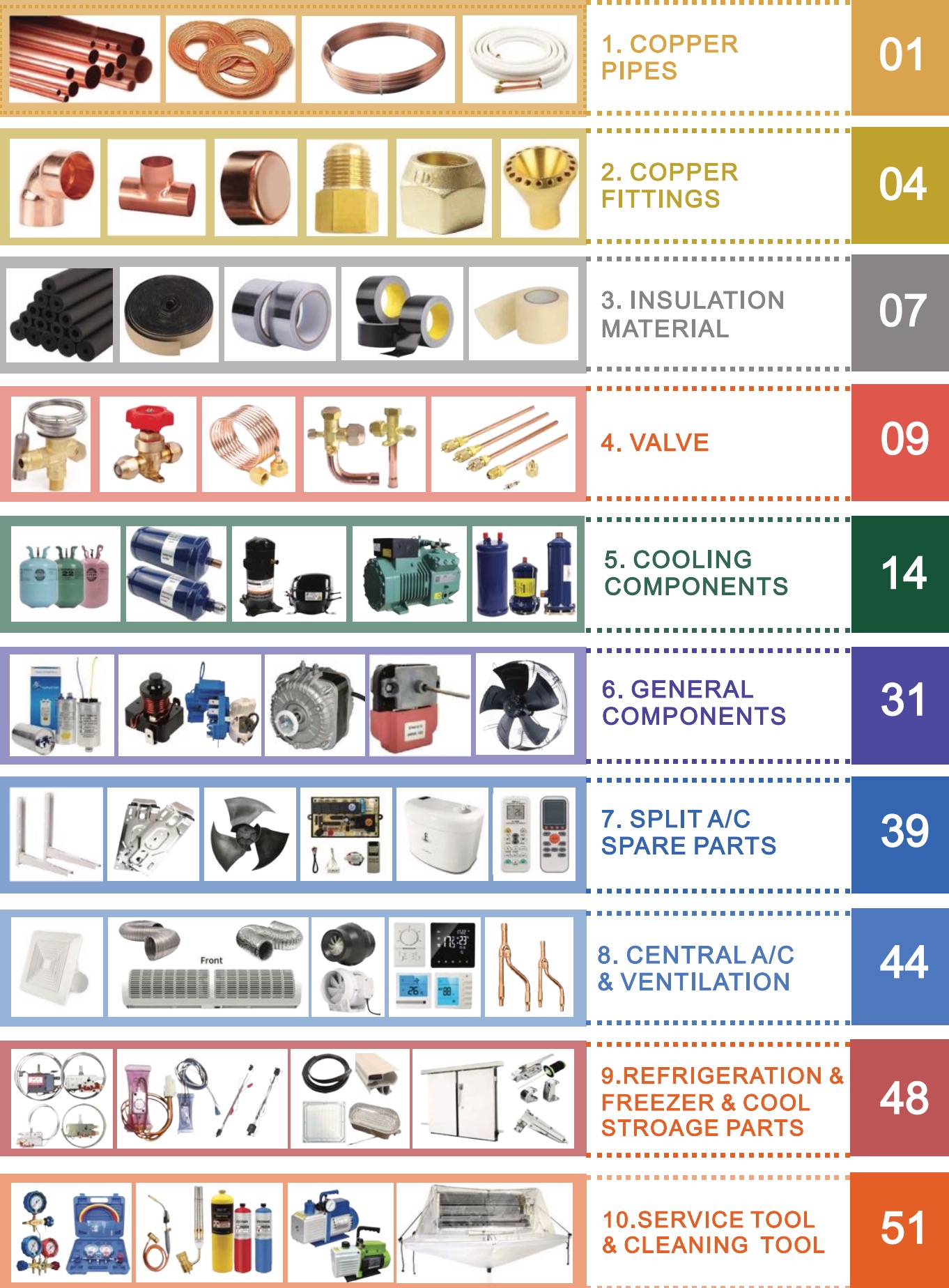Fan blades are key components used to generate airflow in fans. Their design and material directly affect the efficiency, noise and durability of the fan. Here are some typical product introductions to fan blades:
Material:
Fan blades are usually made of plastic, metal or composite materials. Plastic blades are light and low cost, while metal blades are more durable and suitable for industrial environments.
Design:
The shape and number of blades affect the airflow characteristics of the fan. Common blade shapes include straight blades, curved blades and oblique blades, and each design has its specific purpose of airflow optimization.
The number of blades also affects the performance of the fan, such as three blades, four blades, five blades or more.
Color:
Fan blades come in a variety of colors, including black, white, blue, etc. The color selection may be based on aesthetics, hiding dust or the needs of a specific application.
Size:
The diameter and length of the blades determine the air volume and air pressure of the fan. Larger blades usually produce more air volume, while smaller blades may be more suitable for low-noise applications.
Performance characteristics:
High efficiency: Optimized blade design can improve the efficiency of the fan and reduce energy consumption.
Low noise: Specially designed blades can reduce the noise generated by air flow.
Durable: High-quality materials and manufacturing processes ensure that the blades have a long service life.
Application scenarios:
Fan blades are widely used in household fans, industrial fans, air conditioning systems, automotive cooling systems and many other occasions.
Installation method:
The blades are usually fixed to the fan motor through the center hub, and the hub design ensures the balance and stability of the blades.
Maintenance:
Regular cleaning of the blades can maintain the performance of the fan and extend its service life. Some designs allow users to easily remove the blades for cleaning or replacement.








